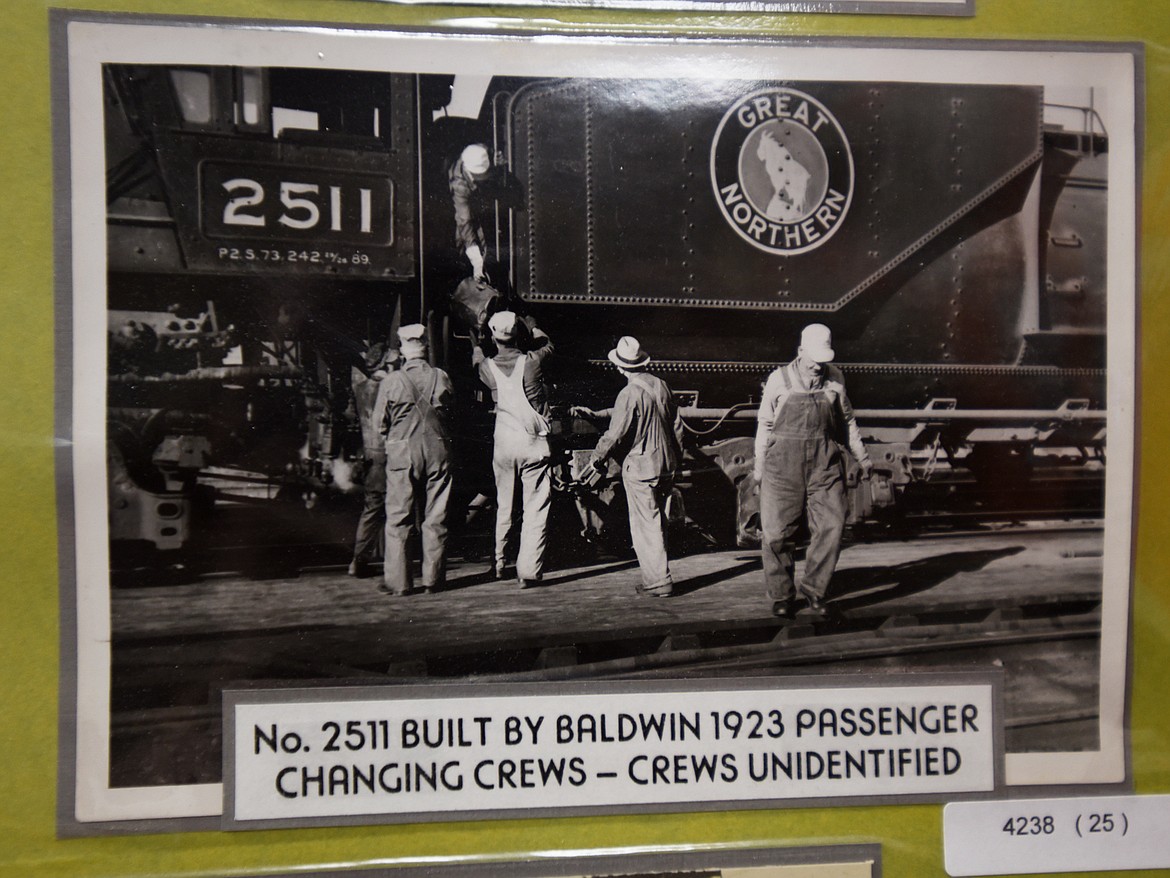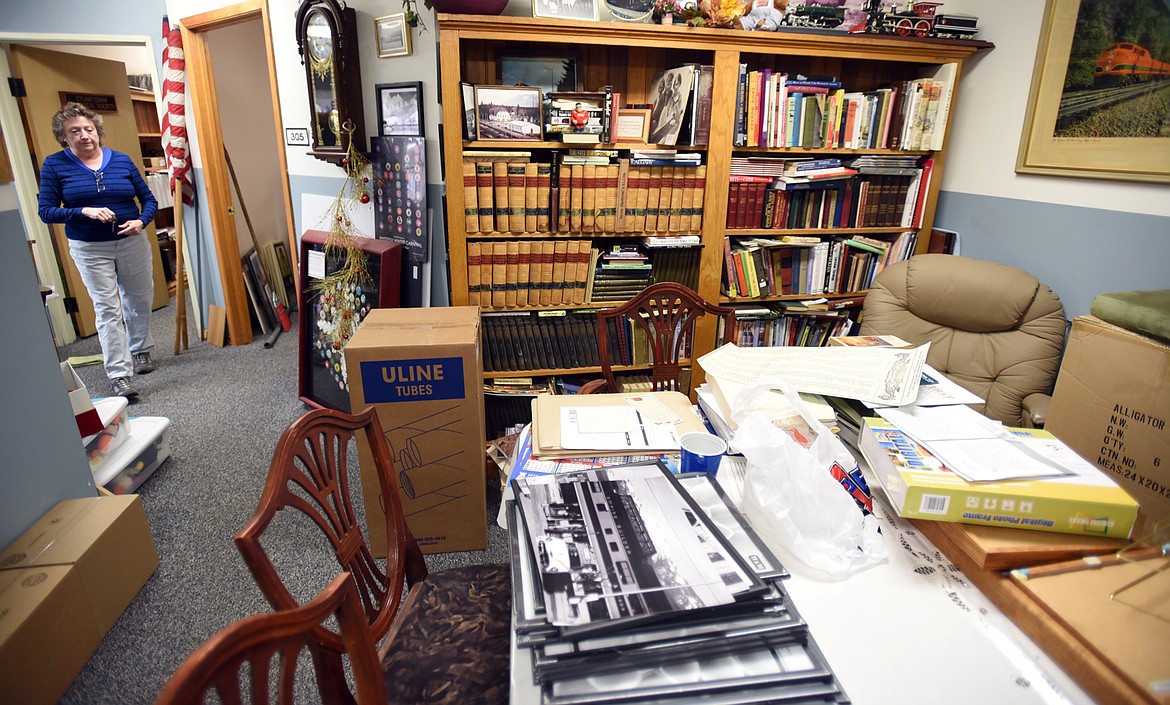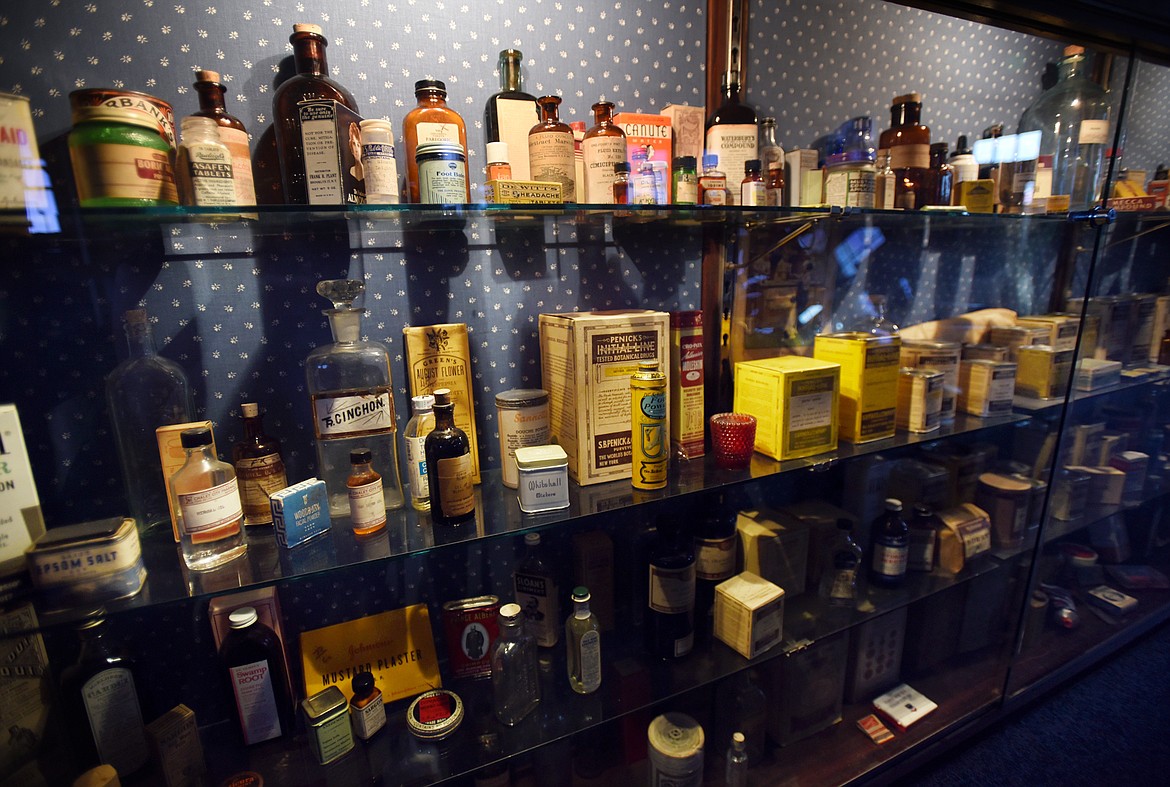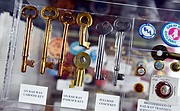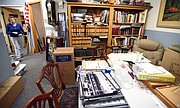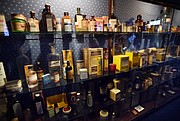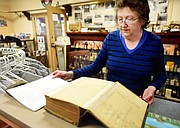Homegrown museum is window to Whitefish's past
Every now and then Jill Evans gets a phone call that goes something like this:
“We found this stuff in Dad’s garage. Do you want it?”
As executive director of the Stumptown Historical Society, Evans is on the front line of preserving the history of Whitefish. The overwhelming generosity of the townspeople is how the historical society has filled the Whitefish Museum that operates in the east end of the historic train depot.
The museum is a veritable treasure trove of heirlooms and artifacts that tell the story of Whitefish. From a collection of vintage drug-store sundries to a shelf of antique toys, the museum is filled with as many stories as there are artifacts.
“I’m all about the stories,” Evans said. “One of my favorites is the story of the early Japanese residents here.”
Railroad history figures prominently into the displays just a short distance from the railroad tracks that cut through town. It’s one of Whitefish’s most important stories. It was Burlington Northern Railway that sold the depot to Stumptown Historical Society for a dollar in 1990. A grassroots fundraising campaign provided the money to restore the three-story building.
One of the favorite items at the museum is the Hicken fur-bearing fish, displayed as a prank that fools many visitors who seem certain it’s plausible the furry fish was caught in Iceberg Lake, as the story goes.
The depot and museum are special places to Flossie Fletcher, whose father, Ross Donohoe, worked as a railroad dispatcher for 42 years.
“We felt the depot was ours,” she said. “My dad’s picture is up there.”
Fletcher is a longtime museum volunteer who did the merchandise ordering for 16 years before she cut back on the amount of time she spends there. When the museum was created, Fletcher helped paint the room and picked out the carpet.
“My heart’s in it,” she said.
Fletcher, her husband Jack, and Larry Schroeder are the only remaining founding members of the Stumptown Historical Society, she said. The late Frank Gregg and Wayne Peterson were early movers and shakers who helped create the museum displays.
Kevin McCready, a local historian, volunteered at the museum and then managed it in 2008 to 2009. Interacting with visitors was the best part of the job, he said. He remembers two retired Northern Pacific railroaders who struck up a conversation with him while their wives looked around. After they left, the two guys came back and dropped some money into the donation box.
“You know, it is not often a guy your age will chat with a couple of old guys like us, let alone listen to what we have to say,” one of the men told McCready. Both men bought a wooden train whistle on their way out and headed out across Deport Park, “blowing their whistles like little kids and laughing all the way,” McCready recalled.
Another time an elderly woman became transfixed on a photograph of Whitefish school children gathered around some old passenger train cars that were used as classrooms the year an earthquake damaged Central School. She was pictured in the old photo.
“She then proceeded to identify all the children and adults in the photos and share recollections of attending classes in the old coaches,” McCready said. “I scrambled for a pen and pad to write it all down.”
The museum has been a staple for school field trips through the years. Upwards of 14,000 visitors pass through it each year.
The history stored at the depot that isn’t displayed because of space constraints is every bit as important as what’s in the museum, Evans pointed out. There’s just no way to find room for everything.
There are unique contributions from many memorable Whitefish residents who have passed away. Ted Lund’s penguin collection is tucked away on the third floor of the depot. He was a die-hard supporter of the Whitefish Winter Carnival and one of the original penguin characters. Many of hometown artist James Bakke’s paintings are in storage.
The stored artifacts run the gamut, from with ice-cutting tools to a bunch of city water records that were just donated.
One of the biggest assets is more than 6,000 archived photos depicting early-day Whitefish. At $25 for a one-time use, it’s a reliable revenue stream for the historical society, Evans said.
A core group of 16 volunteers keep the museum running; most are retired residents with a heart for history.
“We would love to have younger people volunteer,” Evan said. “They can work as little as an afternoon a month. You just need to greet people and be pleasant.”
The Whitefish Museum is open from 10 a.m. to 4 p.m. Monday through Saturday during the summer months, and 11 a.m. to 3 p.m. during the winter.
Features editor Lynnette Hintze may be reached at 758-4421 or lhintze@dailyinterlake.com.



